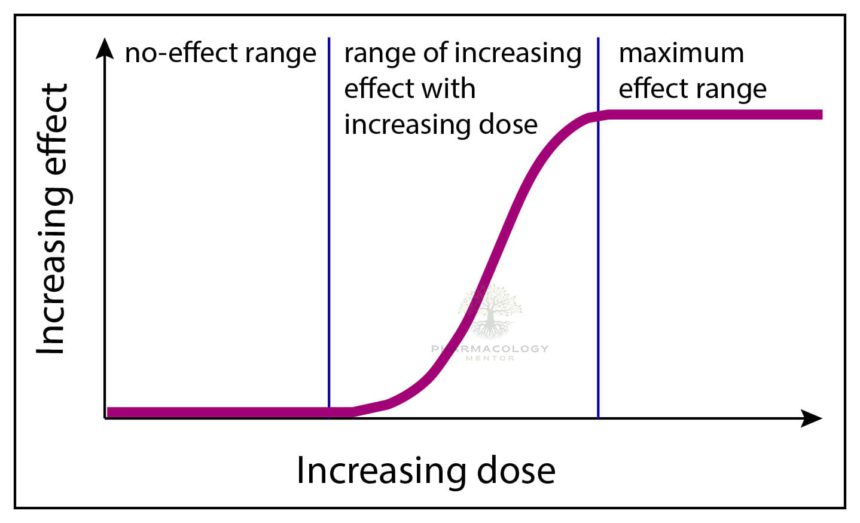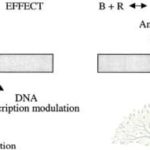The dose-response relationship is a fundamental concept in pharmacology that describes how the effects of a drug change with varying doses. This relationship is crucial for understanding drug potency, efficacy, and safety. This article delves into the various aspects of dose-response relationships, including pharmacokinetic and pharmacodynamic considerations and their clinical implications.
The term “dose-response relationship” refers to the relationship between a drug’s dose and the strength of the biological response it elicits. The response can be graded, meaning that the magnitude of the response increases with the dose, or quantal, meaning that the response is binary, with either a response or no response observed.
Graded Dose-Response Relationship
The graded dose-response relationship is commonly used to describe the efficacy of a drug. The magnitude of the response increases with the dose until a plateau is reached, where further increases in the dose do not lead to an increase in the response. The relationship between the dose and the response can be described using a dose-response curve.
For example, let’s consider a painkiller medication. As the dosage increases, the pain relief experienced by the patient also increases. This relationship is typically represented by a smooth curve, indicating the gradual increase or decrease in the response.
Quantal Dose-Response Relationship
The quantal dose-response relationship describes the relationship between the drug dose and the proportion of individuals that exhibit a particular response. For example, the proportion of patients who experience pain relief after taking a particular dose of a painkiller. The response is binary, with either a response or no response observed.
Using the same painkiller example, the quantal dose-response relationship would assess the percentage of individuals who experience complete pain relief at different dosage levels. This relationship is often represented by a step-like curve, with a threshold dose at which the response starts to occur.
Components of Dose-Response Relationship
- Dose-Plasma Concentration Relationship: Determined by pharmacokinetics, this relationship describes how the dose of a drug relates to its concentration in the bloodstream.
- Plasma Concentration-Response Relationship: This is usually what is referred to when discussing dose-response relationships. It can be studied more easily in vitro and describes how the concentration of a drug in the plasma correlates with its therapeutic or adverse effects.
Characteristics of Dose-Response Curves

Shape and Slope
- Hyperbolic Curve: At higher doses, the increase in response becomes less marked, forming a rectangular hyperbola.
- Sigmoid Curve: When plotted on a logarithmic scale, the curve becomes sigmoid, showing a linear relationship between the log of the dose and the response in the intermediate zone.
Drug Potency and Efficacy
📚 AI Pharma Quiz Generator
🎉 Quiz Results
Medical Disclaimer
The medical information on this post is for general educational purposes only and is provided by Pharmacology Mentor. While we strive to keep content current and accurate, Pharmacology Mentor makes no representations or warranties, express or implied, regarding the completeness, accuracy, reliability, suitability, or availability of the post, the website, or any information, products, services, or related graphics for any purpose. This content is not a substitute for professional medical advice, diagnosis, or treatment; always seek the advice of your physician or other qualified health provider with any questions you may have regarding a medical condition and never disregard or delay seeking professional advice because of something you have read here. Reliance on any information provided is solely at your own risk.









